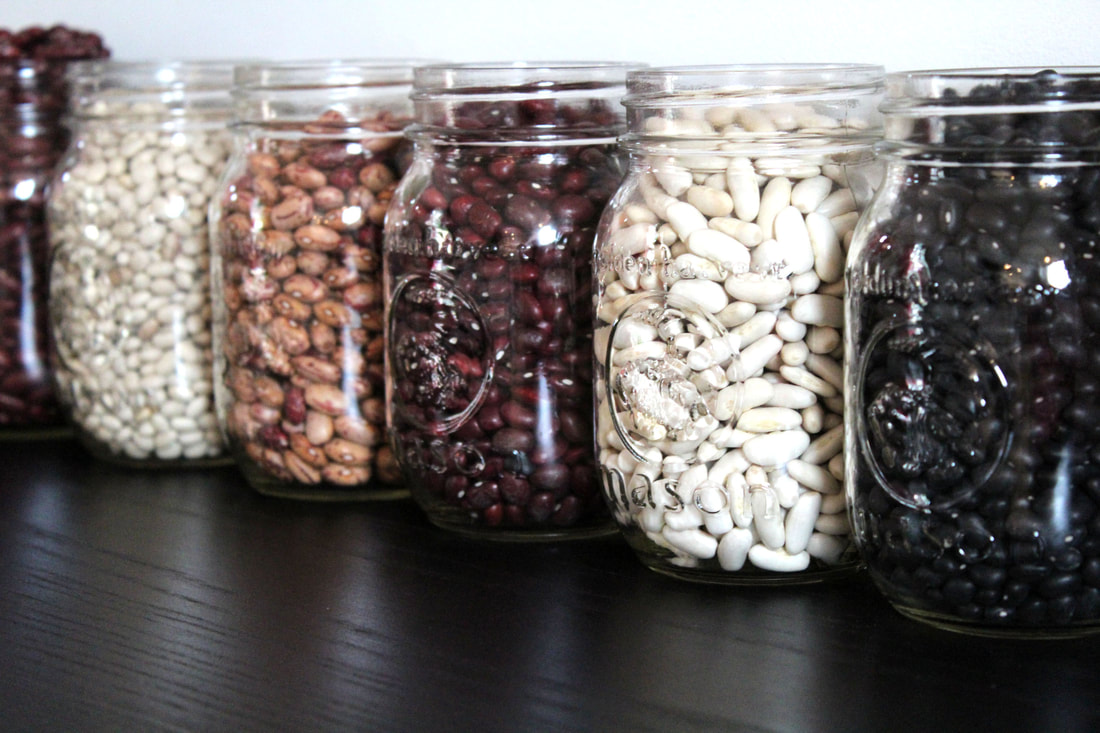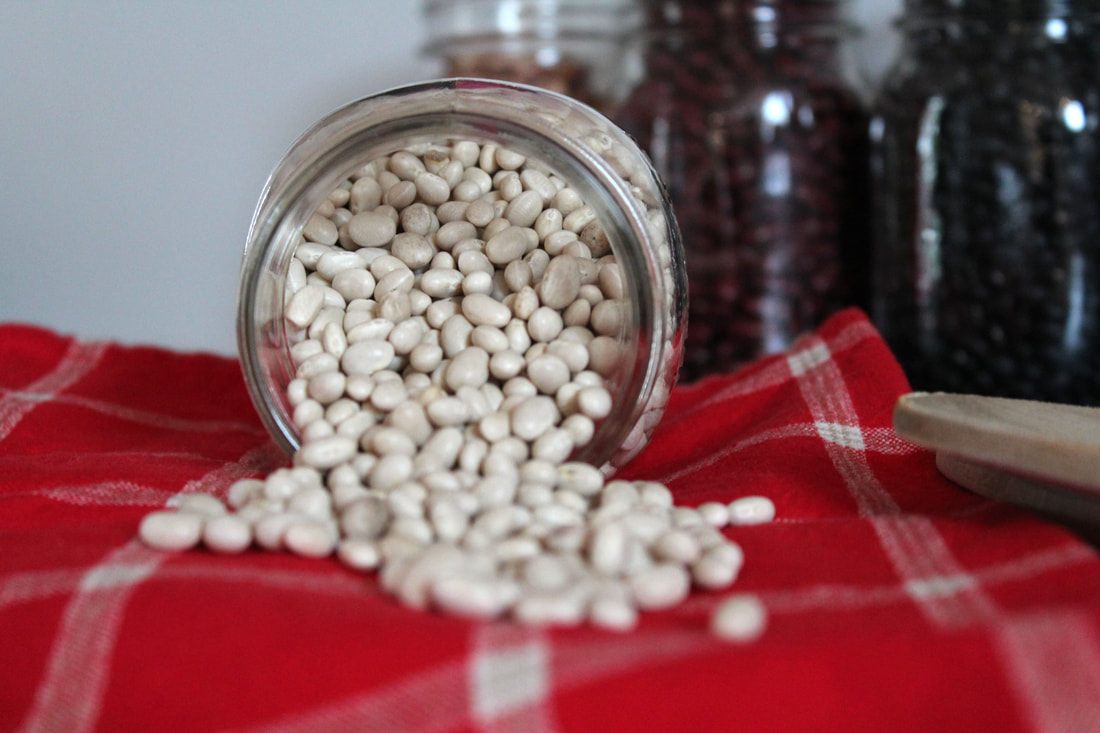10 ADVANTAGES OF EATING DRY BEANS
|
1. Low fat
2. Low sodium 3. Good source of iron 4. Good source of protein 5. Excellent source of fiber |
6. Good source of folate
(vitamin B) 7. Good source of potassium 8. Low glycemic index 9. Without cholesterol 10. Gluten-free |
ADDITIONAL INFORMATION
Pulses, low in fat, are a perfect substitute for meat, providing protein, fiber, vitamin B and iron. That's why Canada's Food Guide recommends that legumes be included in our diet.
Fibers are defined as the part of plants that the body can not digest. They help to lower cholesterol, stool regularly and control blood sugar levels.
Vitamin B is a soluble vitamin that helps the body absorb fats, carbohydrates and proteins. Beans and lentils are particularly rich in vitamin B6 and folic acid.
Iron is a mineral essential for the formation of blood cells. There are two types of iron in food, heme iron and non-heme iron. Non-heme iron, which is found in foods of plant origin such as beans and lentils, is better absorbed when consumed with foods rich in vitamin C such as green pepper, tomatoes and citrus fruits. A chili made with tomatoes is a great example
Fibers are defined as the part of plants that the body can not digest. They help to lower cholesterol, stool regularly and control blood sugar levels.
Vitamin B is a soluble vitamin that helps the body absorb fats, carbohydrates and proteins. Beans and lentils are particularly rich in vitamin B6 and folic acid.
Iron is a mineral essential for the formation of blood cells. There are two types of iron in food, heme iron and non-heme iron. Non-heme iron, which is found in foods of plant origin such as beans and lentils, is better absorbed when consumed with foods rich in vitamin C such as green pepper, tomatoes and citrus fruits. A chili made with tomatoes is a great example




